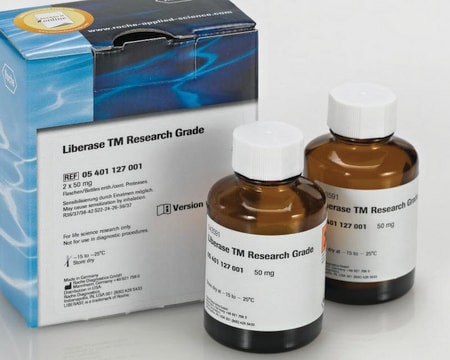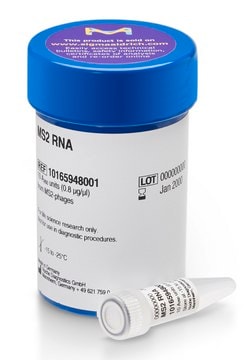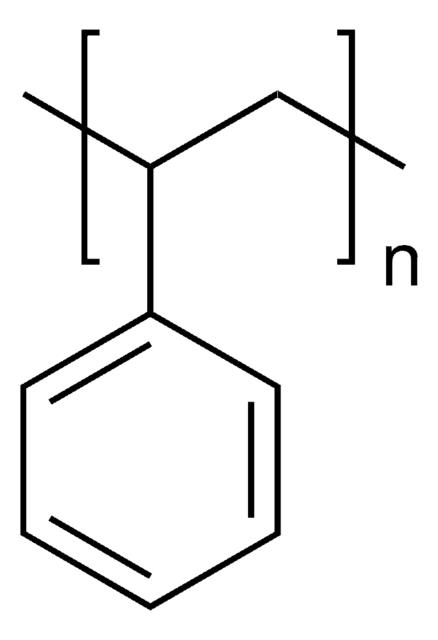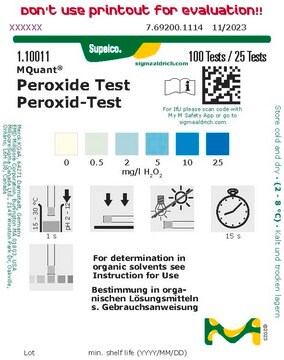05-1072
Anti-KRAS+HRAS+NRAS Antibody
UPSTATE®, mouse monoclonal, 9A11.2
Sinónimos:
Anti-C-K-RAS, Anti-CFC2, Anti-K-RAS2A, Anti-K-RAS2B, Anti-K-RAS4A, Anti-K-RAS4B, Anti-K-Ras, Anti-K-Ras 2, Anti-KI-RAS, Anti-KRAS1, Anti-KRAS2, Anti-NS, Anti-NS3, Anti-OES, Anti-RALD, Anti-RASK2, Anti-c-Ki-ras, Anti-c-Ki-ras2
About This Item
Productos recomendados
Nombre del producto
Anti-Ras Antibody, (K-, H-, N-), clone 9A11.2, clone 9A11.2, Upstate®, from mouse
biological source
mouse
Quality Level
antibody form
purified antibody
antibody product type
primary antibodies
clone
9A11.2, monoclonal
species reactivity
mouse, rat, human
manufacturer/tradename
Upstate®
technique(s)
immunohistochemistry: suitable (paraffin)
western blot: suitable
isotype
IgG1κ
NCBI accession no.
UniProt accession no.
shipped in
wet ice
target post-translational modification
unmodified
Gene Information
human ... HRAS(3265) , KRAS(3845) , NRAS(4893)
General description
Specificity
Immunogen
Application
Signaling
Apoptosis & Cancer
MAP Kinases
G-proteins
Quality
Target description
Physical form
Storage and Stability
Handling Recommendations: Upon receipt, and prior to removing the cap, centrifuge the vial and gently mix the solution.
Other Notes
Legal Information
Disclaimer
¿No encuentra el producto adecuado?
Pruebe nuestro Herramienta de selección de productos.
Optional
Storage Class
12 - Non Combustible Liquids
wgk_germany
WGK 1
flash_point_f
Not applicable
flash_point_c
Not applicable
Certificados de análisis (COA)
Busque Certificados de análisis (COA) introduciendo el número de lote del producto. Los números de lote se encuentran en la etiqueta del producto después de las palabras «Lot» o «Batch»
¿Ya tiene este producto?
Encuentre la documentación para los productos que ha comprado recientemente en la Biblioteca de documentos.
Nuestro equipo de científicos tiene experiencia en todas las áreas de investigación: Ciencias de la vida, Ciencia de los materiales, Síntesis química, Cromatografía, Analítica y muchas otras.
Póngase en contacto con el Servicio técnico







